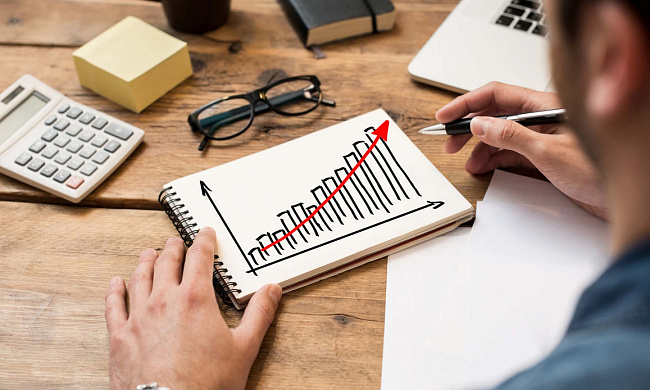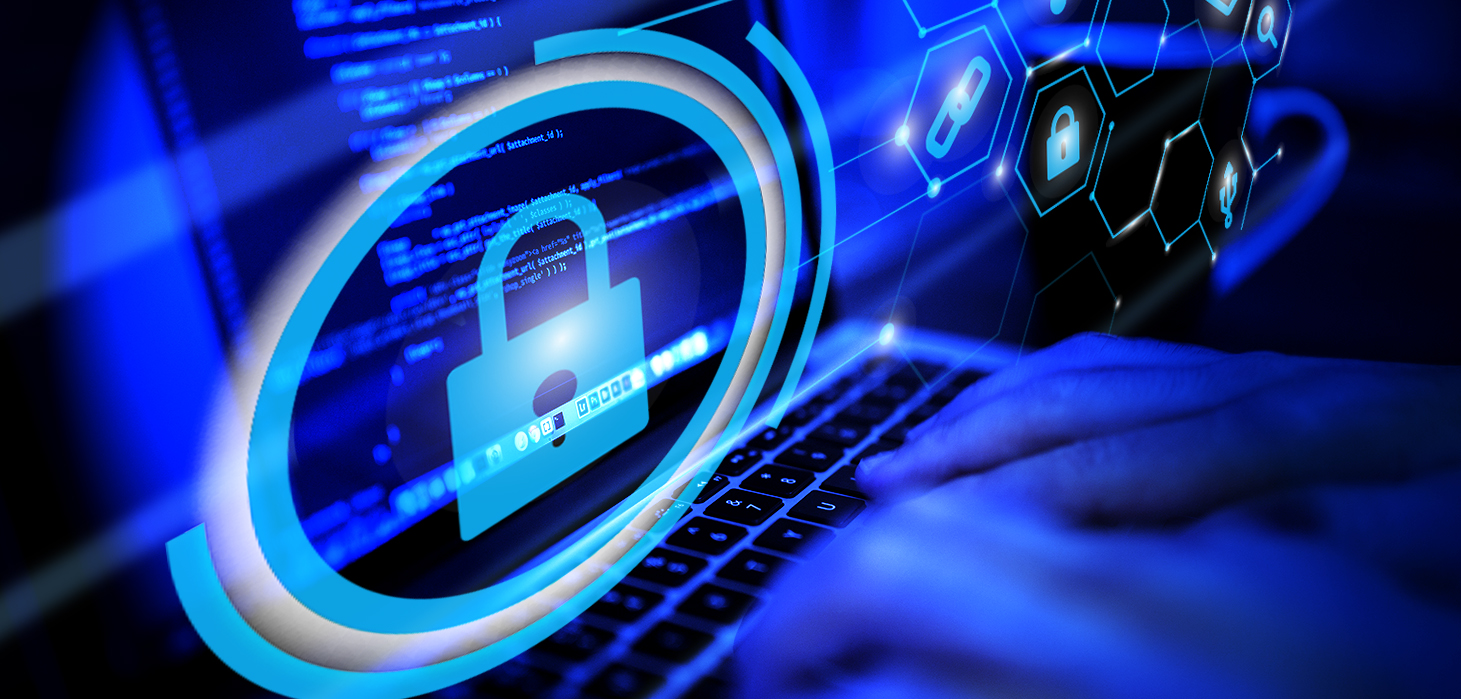Hello!
In early 2017 the medical community was shaken when an organized ransomware cyber-attack was executed against a major healthcare group in the United Kingdom. The attack resulted in medical equipment, critical for sustaining the life of their patients, failing, endangering the lives of hundreds of patients.
 Although cyber-attacks are not normally life-threatening, they have the capability of causing catastrophic damage to organizations and industries.
Although cyber-attacks are not normally life-threatening, they have the capability of causing catastrophic damage to organizations and industries.
The acts of securing organizational assets, applications, and outward-facing and SaaS ecosystems, are essential cyber security vertices.
Our example of what transpired at the NHS, highlights the need for an Asset Risk platform, like sepiocyber, for example, which is designed to actively monitor all networked devices, both those established on the network as well as those temporarily joining the network. IoT devices are a good example of the latter.
Securing Assets on Your Network
 To secure your organization from cyber-attacks, there are a few basic metrics that need to be addressed as part of the asset risk management initiative of your organization.
To secure your organization from cyber-attacks, there are a few basic metrics that need to be addressed as part of the asset risk management initiative of your organization.
These metrics are seen as layers to an effective cyber asset risk management strategy. Improving your organization’s overall cyber security posture.
Attack Surface Management
The first security metric we would like to highlight is the attack surface. The attack surface can be defined as A set of points on the perimeter of a network, system, system element, or cloud ecosystem from which an attacker can attempt to penetrate, influence, or extract data from.
 Attack surface testing is done only from the perspective of the attacker, not from the point of view of the organization. Managing your attack surface means continually identifying potential targets in your organization’s cyber presence.
Attack surface testing is done only from the perspective of the attacker, not from the point of view of the organization. Managing your attack surface means continually identifying potential targets in your organization’s cyber presence.
Organizations must actively seek out and determine the true extent of their attack surface and assess potential risk based on the opportunities presented to threat actors.
Knowing which assets are part of your organization’s cyber presence is the first step to effective asset risk management. B should strive to be transparent about its networks and connected services. By discovering assets on your network, AI-driven monitoring software can intervene and apply security rules to protect both your connected assets and your network.
Least Privilege & Zero Trust
 These two practices are closely related, and both protect access points and implement access management along with access control to attain comprehensive asset policy enforcement.
These two practices are closely related, and both protect access points and implement access management along with access control to attain comprehensive asset policy enforcement.
According to the NIST, Least privilege is a fundamental IT security concept that promotes limited access to specific data, applications, and network components only for those who need the privilege to perform their job or function.
Zero trust, on the other hand, is a concept that eliminates all implied trust, regardless of who is accessing what. No one is trusted in this model, so internal and external access must be validated and authenticated every time access to the organization’s ecosystem is requested. This includes assets such as users, services, and IoT.
Recovering From A Security Breach
The final metric relating to asset risk management we would like to present is your organization’s ability to address a security breach and recover from any possible damage inflicted.
 The third silo of the Cyber Security Triad is availability. It is a critical foundation of any network security program. Services and data must be available at all times to enable organizations to continuously respond to the demands of their customers and other stakeholders.
The third silo of the Cyber Security Triad is availability. It is a critical foundation of any network security program. Services and data must be available at all times to enable organizations to continuously respond to the demands of their customers and other stakeholders.
Organizations face all kinds of cyber threats that can disrupt operations or take them offline completely. There are steps you can take to protect your business, and a tested business continuity plan can be essential. After a cyberattack, the organization’s SOC must be able to determine exactly how the attack was carried out and networked assets were compromised. Speeding up the recovery during the aftermath of an attack.
Also read:
- Why Job Hopping Can Impact Your Investment Strategy
- How to Add the Facebook Pixel to Shopify
- Top 6 Effective Methods on How to Collect Data with Examples
In Conclusion
Despite the unfortunate fact that organizations cannot completely protect themselves from threats or cyber-attacks, layering security mechanisms provides the best defense.
 Security monitoring systems that run autonomously in the background have become an industry standard.
Security monitoring systems that run autonomously in the background have become an industry standard.
Organizations can have peace of mind knowing their network is monitored no matter how many assets are connected by using an asset risk monitoring solution implemented as a SaaS service. This is especially helpful in the healthcare industry.
Thank you!
Join us on social media!
See you!






